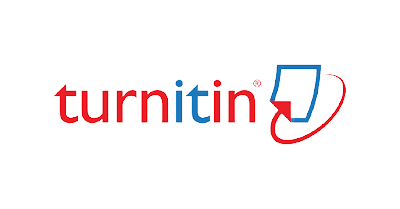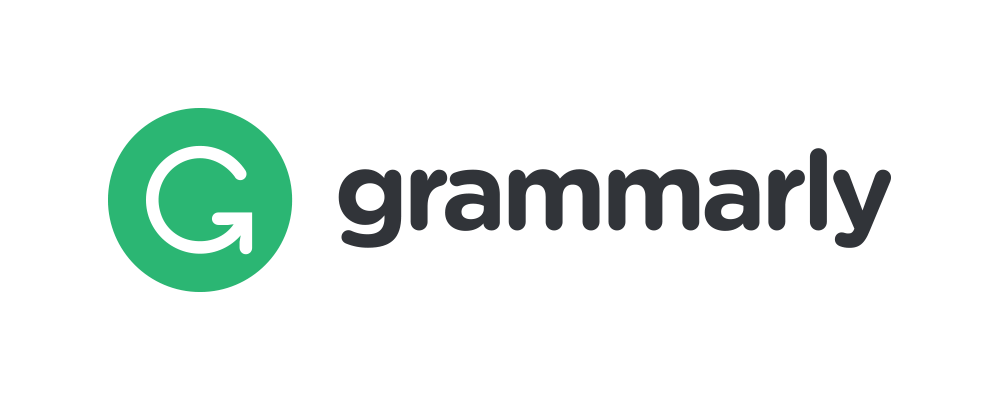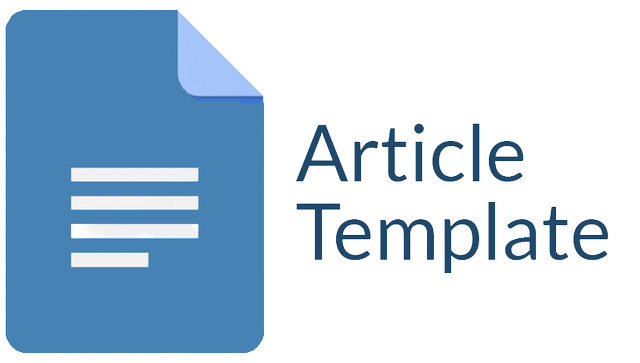PENGARUH PENERAPAN MODEL PEMBELAJARAN SCRAMBLE TERHADAP HASIL BELAJAR SISWA KELAS III DI MI MAMBAUL ULUM KOTA KEDIRI MATA PELAJARAN BAHASA INDONESIA
Abstract
Pada pembelajaran Bahasa Indonesia terdapat banyak materi berupa teks bacaan khususnya untuk jenjang sekolah dasar kelas bawah yang sebagian besar menuntut peserta didik untuk banyak membaca. Dengan itu maka pendidik harus dapat mengemas pembelajaran Bahasa Indonesia menjadi sebuah pembelajaran yang menyenangkan. Salah satu cara yang dapat digunakan untuk meningkatkan hasil belajar adalah menggunakan model pembelajaran Scramble. Penelitian ini merupakan penilitian tindakan kelas (PTK) dengan menerapkan model Kemmis dan Mc Taggart yang dilakukan di MU Mambaul Ulum Kota kediri dengan objek utama peserta didik kelas 3. Hasil peneitian diperoleh bahwa kondisi awal menunjukkan 13,3% kemudian pada siklus I berhasil mencapai 53,3% dan pada siklus II menunjukkan presentase mencapai 90%. Berdasarkan hasil penelitian tindakan kelas yang telah dipaparkan, maka dapat diambil kesimpulan bahwa dengan diterapkannya model pembelajaan Scrumble pada mata pelajaran Bahasa Indonesia dengan pokok materi 5W 1H dapat meningkatkan hasil belajar peserta didik kelas III MI Mambaul Ulum Kota Kediri.
Downloads
References
A Shoimin. (2014). 68 Model Pembelajaran Inovatif dalam Kurikulum 2013. Ar-Ruzz Media.
Ali, M. (2020). Pembelajaran Bahasa Indonesia dan Sastra (BASARTRA) Di Sekolah Di Sekolah. PERNIK. Jurnal PAUD, 41.
Fitrianingtyas. (2017). Peningkatan Hasil Belajar IPA Melalui Model Discovery Learning Peserta Didik Kelas IV SDN Gedanganak 02. E-Jurnal Mitra Pendidikan.
Handayani, & Subakti. (2021). Pengaruh Disiplin Belajar terhadap Hasil Belajar Bahasa Indonesia Di Sekolah Dasar. Basicedu, 152.
Hartika, N., & R. A Ismayanti. (2018). Penerapan Model Pembelajaran Scramble untuk Meningkatkan Hasil Belajar Siswa pada Mata Pelajaran Akutansi Keuangan. Jurnal Pendidikan, Akutansi, Dan Keuangan.
Haryono. (2009). Metodologi Penelitian Pendidikan. Pustaka Setia.
Hutauruk, P., & R. Simbolon. (2018). Meningkatkan Hasil Belajar Siswa dengan Alat Peraga pada Mata Pelajaran IPA Kelas IV SDN Nomor 14 Simbolon Purba. School Education Jurnal, 8(2). https://doi.org/https://doi.org/10.24114/sejpgsd.v8i2.9770
Kaban, R. H., D.Anzelina, Sinaga, R., & Silaban, P. J. (2021). Pengaruh Model Pembelajaran PAKEM terhadap Hasil Belajar Siswa di Sekolah Dasar. Basicedu, 5(1). https://doi.org/https://doi.org/10.31004/basicedu.v5i1.574
Mahmud. (2011). Metode Penelitian Pendidikan. Pustaka Setia.
Salehudin. (2023). Menggunakan Model Pembelajaran Untuk Implementasi Computational Thinking Bagi Guru Madrasah.Jurnal Pendidikan, Sains, dan Teknologi. 10(2). https://doi.org/https://doi.org/10.47668/edusaintek.v10i2.780
Sari, T. P., Dawud. D, & Andajani. (2019). Hubungan Kemampuan Berpikir Kritis dengan Kemampuan Menulis Teks Editorial Siswa Kelas XII. Jurnal Pendidikan: Teori, Penelitian, Dan Pengembangan, 4(1). https://doi.org/https://doi.org/10.17977/jptpp.v4i1.11853
Saridewi N.P, & Kusmariyatni N.N. (2017). PENERAPAN MODEL PEMBELAJARAN SCRAMBLE UNTUK MENINGKATKAN HASIL BELAJAR IPA SISWA KELAS. Journal of Education Action Research, 1(3). https://doi.org/https://doi.org/10.23887/jear.v1i3.12687
Sayekti, O. M. (2020). Peningkatan motivasi membaca permulaan melalui metode scramble kalimat pada siswa Kelas 2 SDN Pandeyan Yogyakarta. Jurnal KIBASP (Kajian Bahasa, Sastra Dan Pengajaran), 5(2).
Shopian, A. (2016). TUGAS, PERAN, DAN FUNGSI GURU DALAM PENDIDIKAN. Jurnal Tarbiyah Islamiyah, 1(1). https://doi.org/https://doi.org/10.48094/raudhah.v1i1.10
Sugiono. (2016). Metode Penelitian Kuantitatif Kualitatif dan R&D. Alfabeta.
U. Khair. (2018). Pembelajaran Bahasa Indonesia dan Sastra (BASASTRA) di SD dan MI. AR-RIAYAH : Jurnal Pendidikan Dasar, 2(1). https://doi.org/DOI:10.29240/jpd.v2i1.261
W.Sanjaya. (2013). Penelitian Pendidikan Jenis, Metode, dan Prosedur. Kencana Prenanda Media Group.
Copyright (c) 2023 Apriliyani Diah Kartikasari

This work is licensed under a Creative Commons Attribution-ShareAlike 4.0 International License.
Jurnal allows anyone to compose, correct, and do derivative works, even for commercial purposes, as long as they credit for the original work. This license is the freest. It is recommended for maximum distribution and use of licensed material.
The submitted paper is assumed not to contain any proprietary materials that are not protected by patent rights or patent applications; The responsibility for technical content and protection of proprietary materials rests with the authors and their organizations and not the responsibility of journal or its editorial staff. The primary (first/appropriate) author is responsible for ensuring that the article has been viewed and approved by all other authors. The author's responsibility is to obtain all necessary copyright waivers to use any copyrighted material in the manuscript before submission.
Jurnal Pendidikan, Sains dan Teknologi allows the author(s) to hold the copyright without restrictions and allow the author(s) to retain publishing rights without restrictions. Jurnal Pendidikan, Sains dan Teknologi CC-BY-SA or an equivalent license as the optimal license for the publication, distribution, use, and reuse of scholarly work. Jurnal Pendidikan, Sains dan Teknologi allows the author(s) to hold the copyright without restrictions and allow the author(s) to retain publishing rights without restrictions. Jurnal Pendidikan, Sains dan Teknologi CC-BY-SA or an equivalent license as the optimal license for the publication, distribution, use, and reuse of scholarly work.
In developing strategy and setting priorities Jurnal Pendidikan, Sains dan Teknologi recognize that free access is better than priced access, libre access is better than free access, and libre under CC-BY-SA or the equivalent is better than libre under more restrictive open licenses. We should achieve what we can when we can. We should not delay achieving free in order to achieve libre, and we should not stop with free when we can achieve libre.
Jurnal Pendidikan, Sains dan Teknologi is licensed under a Creative Commons Attribution-ShareAlike 4.0 International License.
You are free to:
- Share a copy and redistribute the material in any medium or format
- Adapt a remix, transform, and build upon the material for any purpose, even commercially.
- The licensor cannot revoke these freedoms as long as you follow the license terms.






